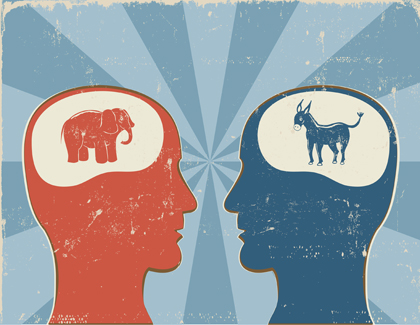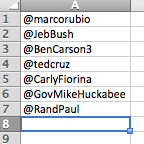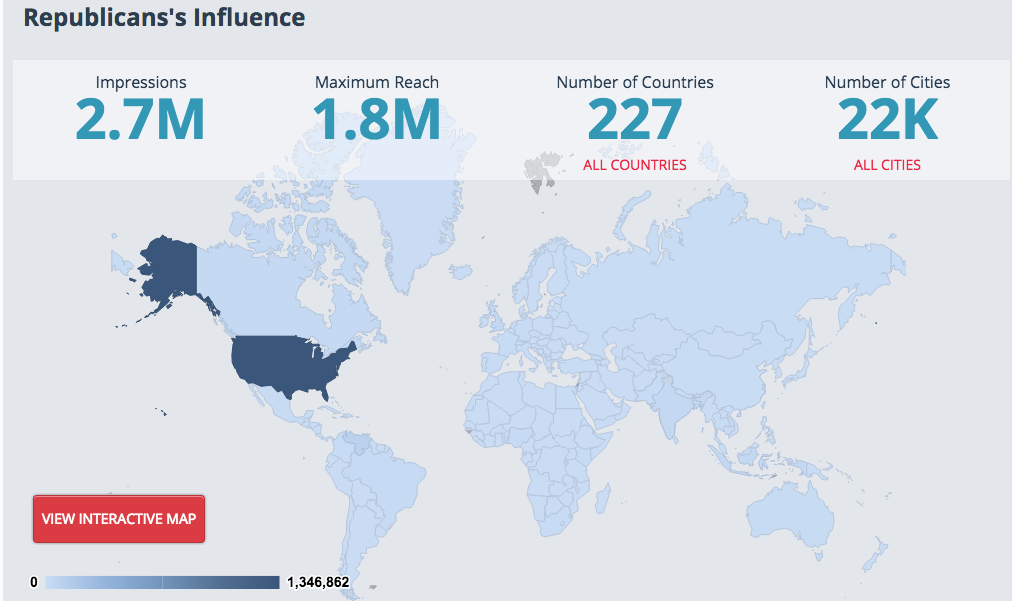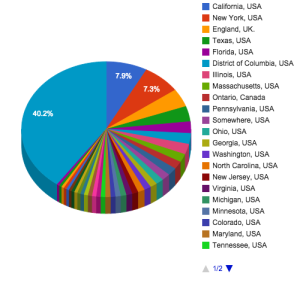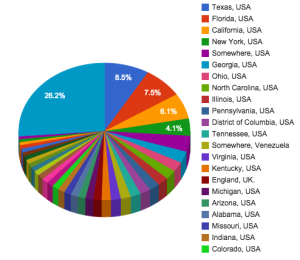History has proven that presidential elections can be won by leveraging technology to touch and convert voters. Technology once again will be in the spotlight and play a critical role in determining the outcome of the 2016 election.
Political institutions that can leverage the power of new technology platforms to connect to their constituents more effectively will be giving themselves a decisive edge in this upcoming battle.
In this report we demonstrate
- the Reach & Impressions of the Democratic candidate vs the Republic candidate pool.
- the Reach by state of the Democrats vs the Republicans
- The top states for the Democrats: California, New York, Texas
- The top states for the Republics: Texas, Florida, New York
- Astoundingly, the democratic candidate Ms Clinton has more influence on Twitter than all of her Republican opponents combined.
We’ve seen that Barack Obama has already set the record for breaking 1M followers on Twitter. Heading into 2016, it is clear that at this moment in time the Democrats have the lead on social media platforms.
Here’s the raw data used in our reports:
Methodology: all Twitter data processed with Fedica’s List Map function which takes pre-defined Twitter list and outputs the geographical location and reach of the list.
Part I: Republican candidates included in this report:
Part II: Republicans’ Twitter Reach
Part III: Democrats’ Twitter Reach – Hillary has 3.6M Reach on Twitter
Part IV: Democrat Reach by States (Left Graph) vs Republic Reach by State (Right Graph)
Wrap-up:
The groundwork is being laid down for the battle for the hearts and minds of Americans in 2016. History has proven that presidential elections can be won by leveraging technology to touch and convert voters. Technology once again will prove to be a critical part of the overall campaign strategy and play a critical role in determining the outcome of the 2016 election – the institutions that can leverage these new platforms to reach its constituents more effectively will give themselves a big edge in this battle.

